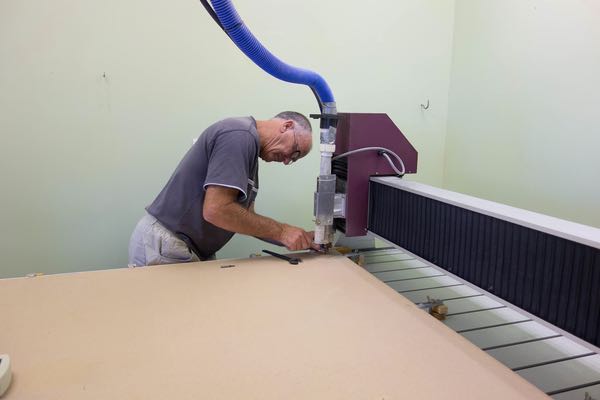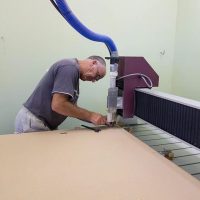 If you currently work with CNC machining using CAD software, even if you consider yourself to be highly skilled, there is always room for improvement. To make better products you need to sharpen your skills and create better designs. Interestingly, once you already have the ability to carry out CAD design, it can be easy to improve your existing skills by following just a few simple steps. Modern CAD software has been designed to make it easier to produce designs in engineering. Accuracy and precision are still required to create truly high-quality designs.
If you currently work with CNC machining using CAD software, even if you consider yourself to be highly skilled, there is always room for improvement. To make better products you need to sharpen your skills and create better designs. Interestingly, once you already have the ability to carry out CAD design, it can be easy to improve your existing skills by following just a few simple steps. Modern CAD software has been designed to make it easier to produce designs in engineering. Accuracy and precision are still required to create truly high-quality designs.
To help you out, we are going to look at some tips and ways to improve your designs and sharpen your skills in the process.
Try to Avoid Making Very Thin Walls
Although thin walls are required when making whistles and parts of drones, you need to avoid making walls that are too thin if you want to improve your designs overall. There have been studies conducted that show the stiffness of a product is related to the thickness of its walls. Based on that reasoning, reducing the thickness would reduce the stiffness of the material, therefore reducing the accuracy because of the resulting vibrations caused during the machining process.
Don’t Create Designs That Are Too Hard to CNC Machine
It’s important to note that not every single feature can be machined using CNC. Therefore, avoid designing features that are not required and unnecessary that would make things much more difficult to create. You can improve your skills by having a better understanding of what is capable with CNC machining so that you are only creating designs that can be produced by a CNC machine.
Avoid Using Tolerances Too Much
There is an expectation that designers will use tolerance dimensions when possible. You must understand that the time and cost are going to be increased if you use excessive tolerances though. There are different tolerance standards for different machines. Therefore, with no tolerancing, a machine would use the standard set for those dimensions. To reduce the money and time spent on design, tight tolerances need to be specified when they are necessary.
Avoid Aesthetic Features That Are Unnecessary to Your Designs
Some features only exist for aesthetic purposes and can’t be machined efficiently enough to justify them. When you are removing parts to create a product with better looks, think about the amount of material that needs to be taken away and what process would be required to achieve it. You should always be asking yourself “what process is needed to achieve this feature?”. Your designs will improve greatly if you pay attention to how accurate the required features are machined instead of the aesthetics, as processes like electro-polishing can be utilized to achieve better aesthetics in the post-machining part of your work.
Always Design Precise Depth-to-Width Ratios for Cavities
Another great way to improve your designs and skills is by considering the depth-to-width ratio of any cavities you are creating at the design stage of things. If you design cavities that are too deep, you will end up with tool fractures, chip evacuation difficulties, tool deflections, and tool hanging.
As a general rule of thumb, cavities that have a height that’s 6 times higher than the diameter of the tool are considered to be deep and should only have a depth that’s at a maximum of 4 times the cavity width.
When you are creating designs, if you add a lot of internal edges, it can cause a lot of stress for the machine tools because of the shape. The majority of tools are cylindrically shaped and are not able to easily machine, if at all, internal edges with sharp finishes. Therefore, you need to add radii to the internal edges in your designs. This helps to avoid the tool suffering from wear and tear and to help avoid stressing the tool more than is necessary. As a rule of thumb, it is wise to add a radius that is around 130% of the radius of the milling tool. Therefore, with a tool that has a radius of around 5mm, you should add a radius of 6.5mm to the internal edges in your design.
Restrict the Length of Threads
It is common knowledge within the engineering industry that the first few threads are most important to ensuring a design has strong thread connections. With that in mind, longer threads are generally not required. When you are designing tapped holes, you can simply and easily improve the design by restricting the length of the thread to just what is necessary. For example, a thread length of more than 3 times the diameter of the hole would be classed as unnecessary.


